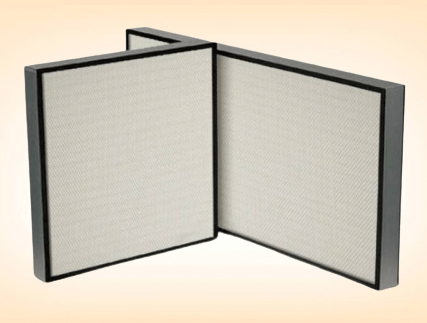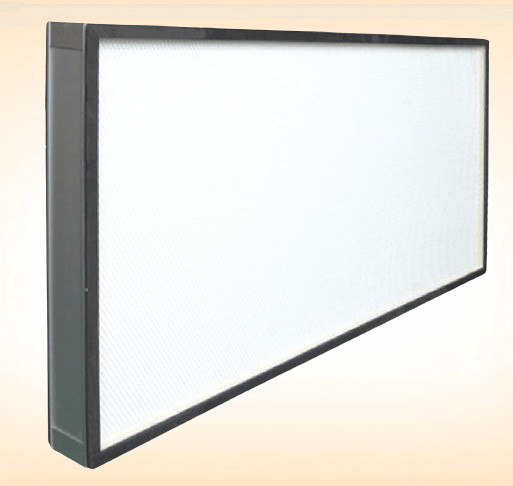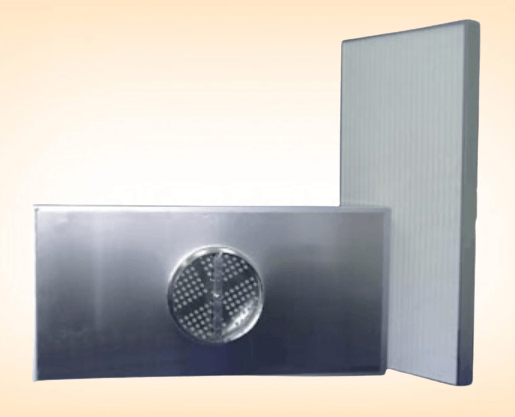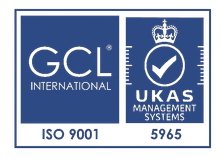GN HEPA / ULPA
GN HEPA / ULPA
- High efficiency particulate air (HEPA) filters are air filters designed to trap a vast majority of very small particulate contaminants from an air stream.
- ULPA is an acronym for "Ultra-low Penetration Air (filter)". An ULPA filter can remove from the air at least 99.999% of dust, pollen, mold, bacteria and any airborne particles with a minimum particle penetration size of 120 nanometres (0.12 µm, ultrafineparticles). A ULPA filter can remove (to a large extent, not 100%) – oil smoke, tobacco smoke, rosin smoke, smog, insecticide dust.
Features & Construction
- Both HEPA and ULPA filter media have similar designs.
- The filter media is like an enormous web of randomly arranged fibres. When air passes through this dense web, the solid particles get attached to the fibres and thus eliminated from the air.
- Porosity is one of the key considerations of these fibres. Lower porosity, while decreasing the speed of filtration, increases the quality of filtered air. This parameter is measured in pores per linear inch.
Application
- HEPA filters are used is applications requiring very efficient filtering of airborne pathogens which can cause aggravate asthma and cause allergies or disease. These filters are also useful in manufacturing environments which require very clean air. Some applications include
- Airline cabin air purifiers
- Biomedical air filtration
- Electronics manufacturing
- Pharmaceutical manufacturing
- Vacuum cleaner filters









